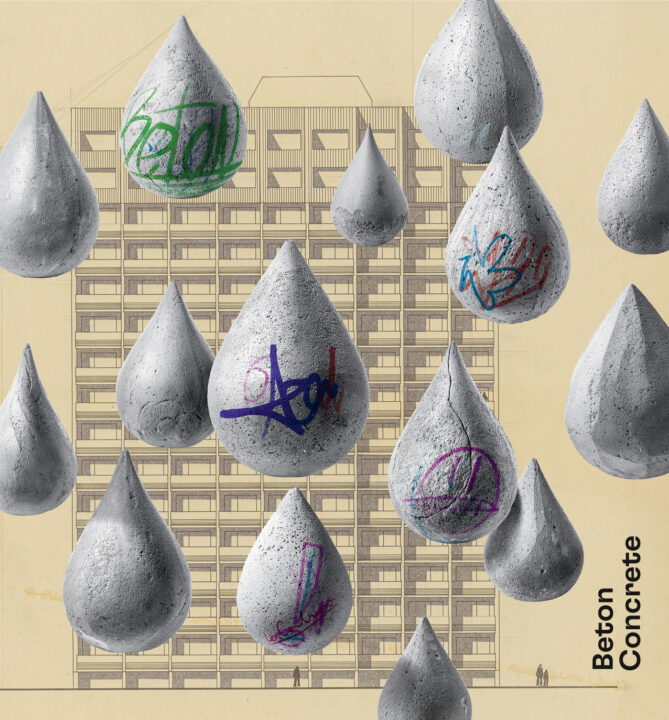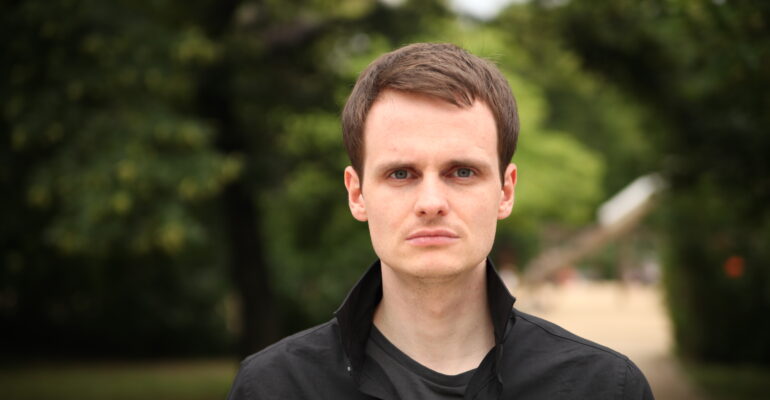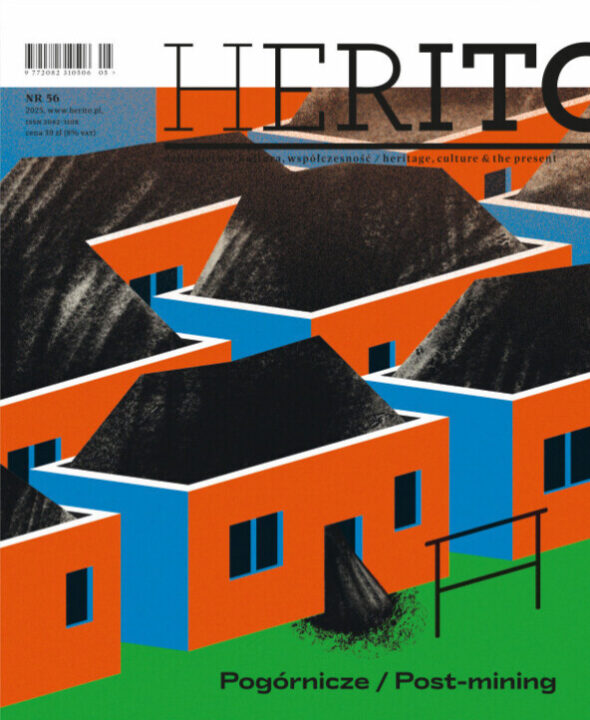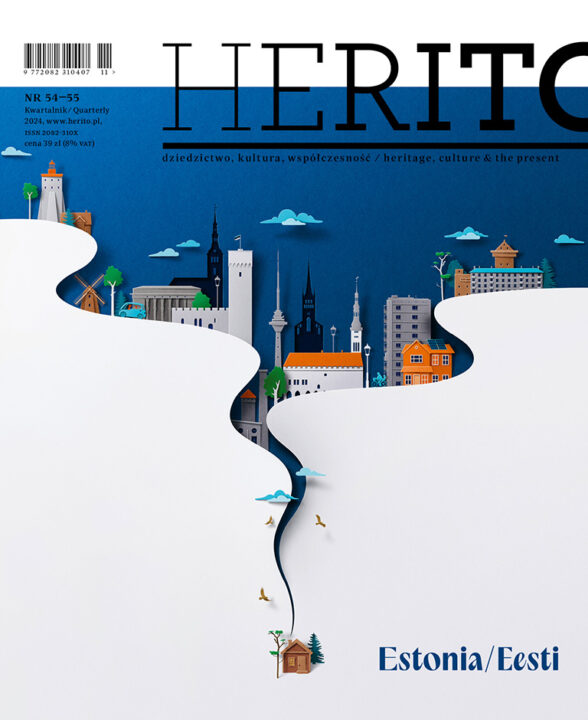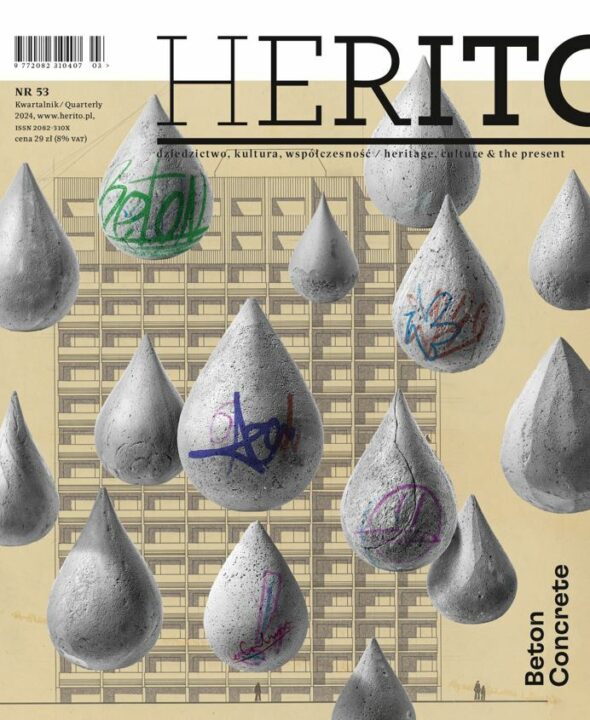no. 53 (2024)
ON SALE
Concrete
Two hundred years ago, Joseph Aspdin obtained the patent for the Portland concrete. This unassuming event laid the foundation for the giant revolution in the history of architecture, which changed the landscape of the whole world in the next century.Central Europe is severely marked by the stereotype of degraded space in our cities, dominated by blocks of flats. . The large panel system building, intended to resolve the hunger for living estates in the socialist realism era, has unified the cultural landscape of cities between Eastern Berlin and Vladivostok. But did concrete deserve this bad reputation?
Two hundred years after Aspind’s patent, we look at the inapparent history of this material, we talk about the most curious projects made of concrete, and we look for the answer: what material will our future be made of?
Free full text articles
Copyright © Herito 2020
